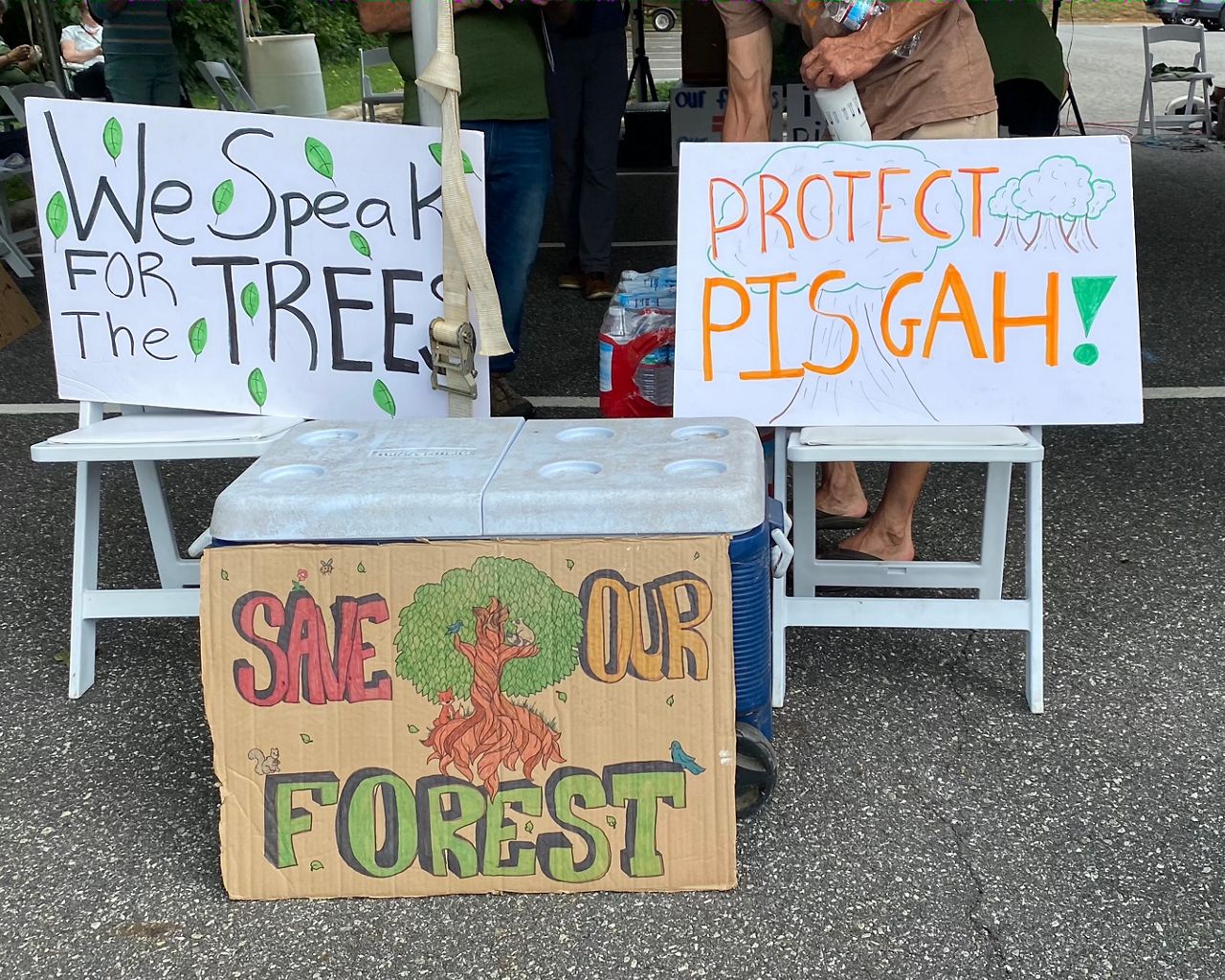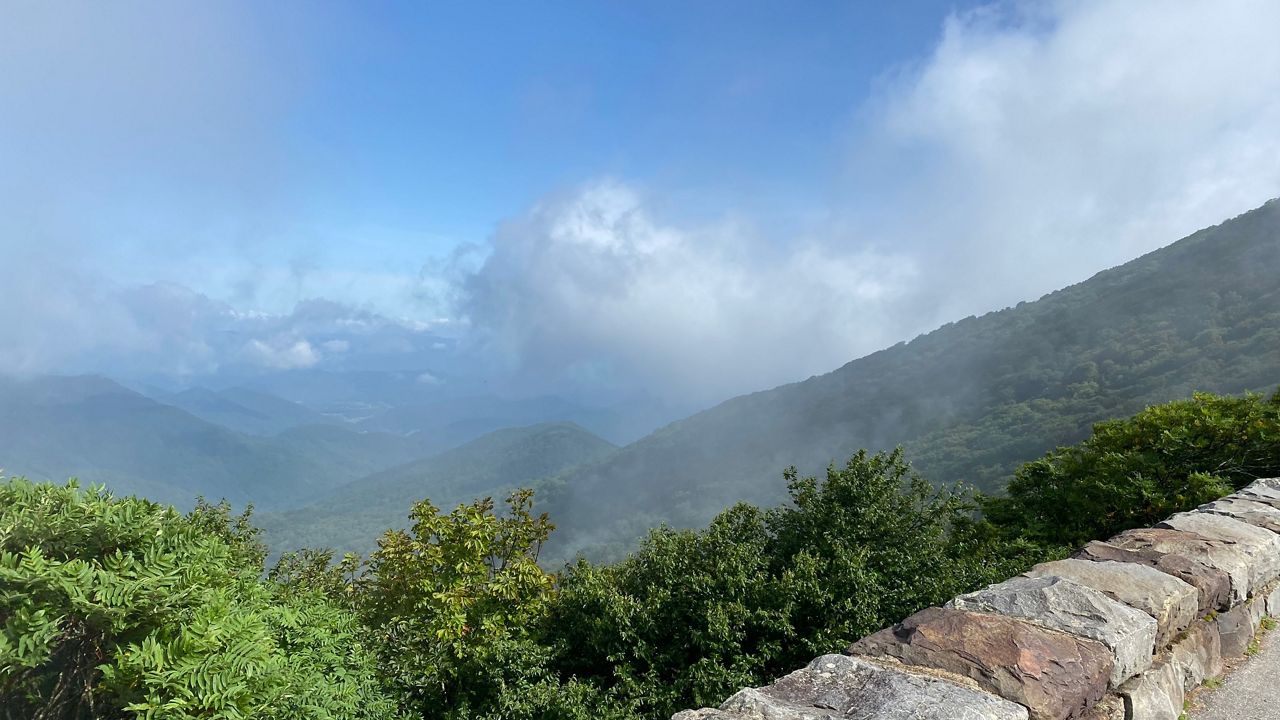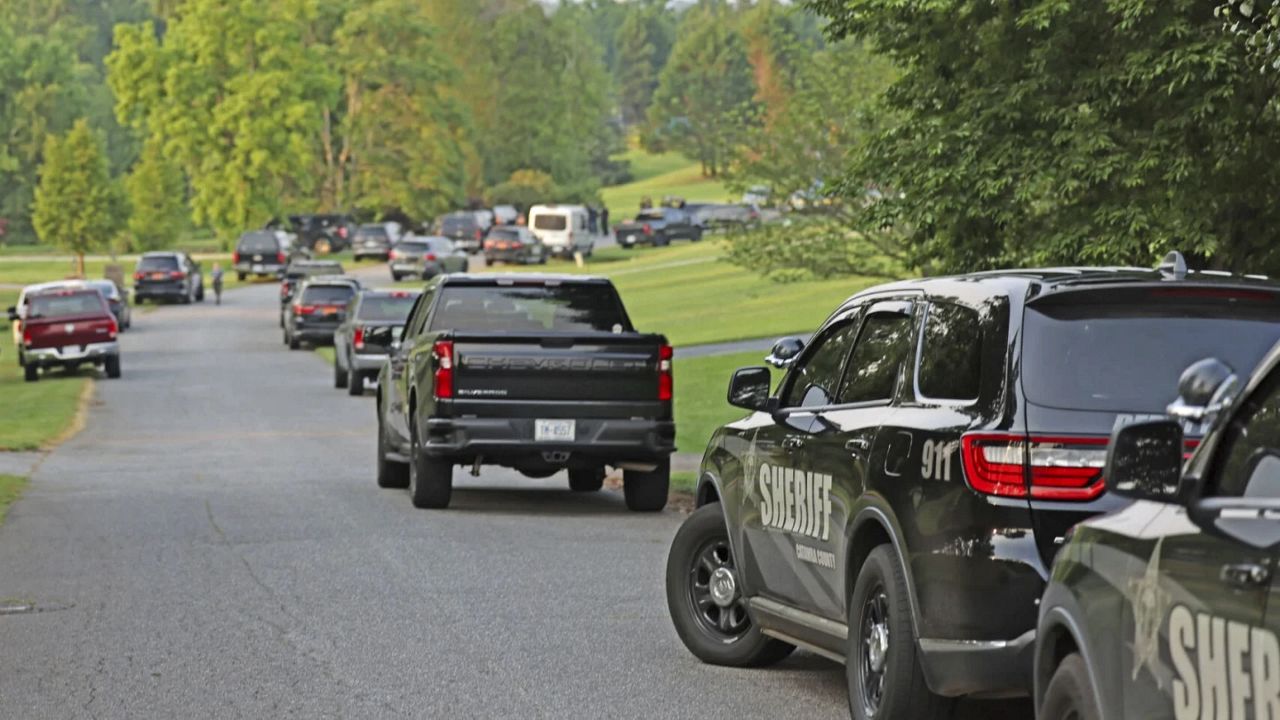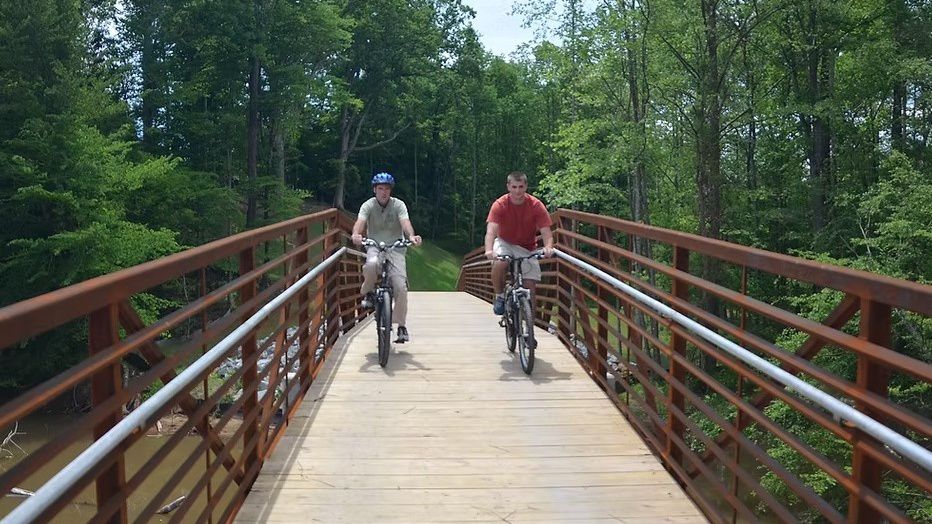A new plan guiding the future of Pisgah and Nantahala national forests in the North Carolina mountains is expected to be released by the end of the month. The latest draft of the plan opens up about half of the forests’ 1 million acres to logging.
The plan drew more than 14,000 objections, a record, according to the Forest Service. Many objected to opening old-growth areas to timber companies. But new documents out this week indicate the Forest Service does not plan to change its mind on logging in Pisgah and Nantahala.
“After a deluge of public and community input, nothing has changed,” said Will Harlan, with the Center for Biological Diversity in Asheville. “It is heartbreaking.”
The forest plan has been in the works for years, replacing a plan that dates back to 1987 and hasn’t been updated since 1994. The new plan has been in the works for more than eight years. It will guide how the forest is used, maintained and restored in the decades to come.
The proposed plan would almost double the amount of logging in Pisgah and Nantahala in the short term, going from 650 acres per year to 1,200 acres. The long term goal is for 3,200 acres of logging each year, a five-fold increase from the current number.

The latest draft, released a year ago, runs 360 pages and includes detailed recommendations on recreation, roads, protecting habitats and water supplies and cultural resources.
After going through each of the 14,000 objections, the Forest Service did make some changes, including adding more area to the Craggy Gardens protected area near Asheville. It also opens up a new segment for the North Fork French Broad River to the Wild and Scenic Rivers designation, some of the strongest environmental protections for rivers by the federal government.
“I am humbled by the number of people interested in their local forests, and I appreciate everyone’s participation in the process. They clarified issues and provided ideas to improve the final plan,” said Deputy Regional Forester Rick Lint, who helped review the objections.
The documents released this week are the response to all those objections the Forest Service received on its plan. The objection response itself runs to about 420 pages.
“We recognize that healthy forests and communities are interdependent; it’s one of our Forest Service values. We take public engagement seriously; we modified the plan based on what we heard at the objection meetings,” Lint said.
“I’d say I’m disappointed,” said Sam Evans, an attorney with the Southern Environmental Law Center. “I’d say I’m disappointed,” said Sam Evans, an attorney with the Southern Environmental Law Center. He’s been involved in this process since the beginning. He said the plan is “dismissive of public concern.”
“The overwhelming majority of public comments said they wanted more protections,” he said. That includes protecting old-growth forests, rare habitats and areas that don’t have any roads.
RELATED: Half of western N.C. national forests may open to logging under federal plan
The areas opened to logging in the latest draft include part of Craggy Gardens and the forest along a stretch of the Mountains-to-Sea Trail, according to Harlan.
Harlan said that stakeholders in western North Carolina worked to negotiate through problems they had with the plan, particularly over logging.
“What breaks my heart the most is there were easy win-win solutions,” Harlan said, but the Forest Service rejected those compromises.
No one outside the Forest Service right now knows what the final plan will say about logging, but Harlan said these responses do not bode well for the final plan.
“We don’t have any confidence at all that this plan is going to have good outcomes for the land or the people that enjoy it,” Evans said.








